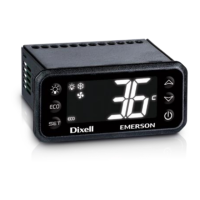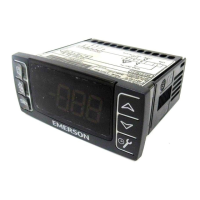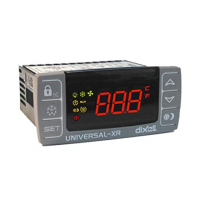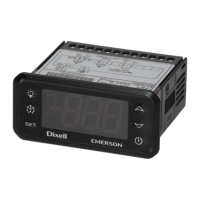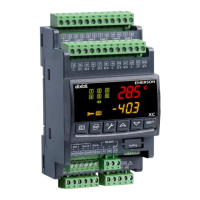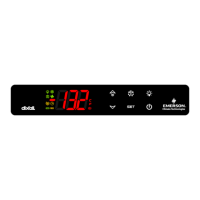User Manual Appendix D
GFK-1742F Jan 2020
Tuning Digital and Analog Servo Systems 439
Equation 2
Velocity Loop Gain = 16
Where:
J
I
Motor Inertia
J
m
Load Inertia
The Velocity Loop Gain calculated above in many cases will not need to be altered. However,
due to the application (for example, machine resonance) the value may need to be adjusted.
To tune the Velocity Loop Gain the following procedure can be used:
16.
Choose the method to introduce velocity command to the velocity loop. Method #1
and Method #2 (above) are examples of methods to perform this task.
17.
Connect an oscilloscope to the analog outputs from the Servo Amplifier for Motor
Feedback Velocity.
18.
Set the Velocity Loop Gain to zero. This is a conservative approach. If the application
is known to not have resonant frequencies from zero to approximately 250 Hz, you
can start with a higher value, but do not exceed the value calculated in equation 2 at
this point.
19.
Generate a velocity command step change. At this point the step change should be
relatively small compared to the full speed of the machine. Ten to 20 % of the rated
machine speed is a good start.
20.
Observe the Motor Velocity on the oscilloscope. The objective is to obtain a critically
damped velocity loop response. Pay particular attention to any oscillations that are
occurring in the velocity feedback signal.
21.
Increase the Velocity Loop Gain in small steps and repeat 19 and 20 until instability
in the Motor Velocity feedback signal is observed.
Note: Care should be taken in this step that an instability does not cause damage to the
machine. Once this point is reached, decrease the Velocity Loop Gain by at least 15 %. As
a general rule, the lower the Velocity Loop Gain value that meets the system
requirements the more robust the control. You should carefully observe the velocity
feedback signal. In some applications, running the Velocity Loop Gain high enough to
create instability can cause machine damage. If in doubt, adjust the Velocity Loop Gain
to be no greater than the value calculated in equation 1. If oscillations are observed in
the Motor Velocity feedback signal prior to this point, decrease the Velocity Loop Gain
and continue with step 22 below.
22.
The velocity loop is tuned at this point. However, the robustness of the loop must
be checked. To perform this test, introduce velocity command steps in increments
of 20% Rated Machine Speed, 40% Rated Machine Speed, 60% Rated Machine Speed,
80% Machine Rated Speed, and 100% Rated Machine Speed. Observe the Motor
Velocity and Torque Command signals for any instability. If an instability or
resonance is observed, reduce the Velocity Loop Gain and repeat the test.

